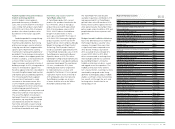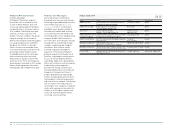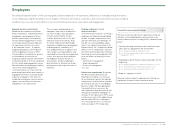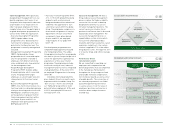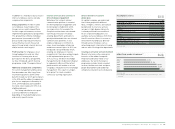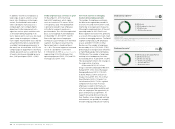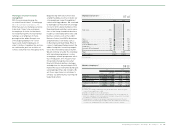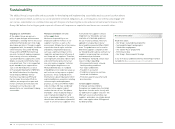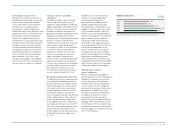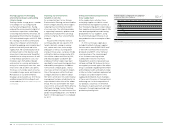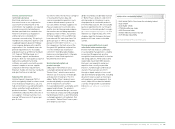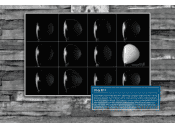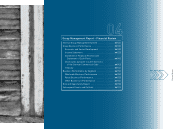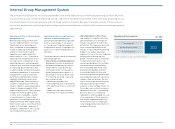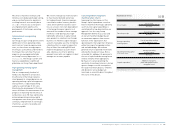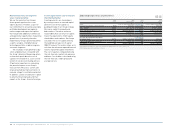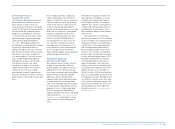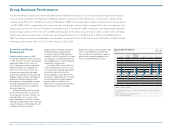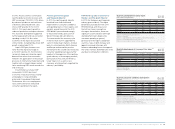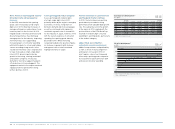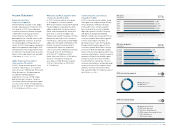Reebok 2010 Annual Report Download - page 127
Download and view the complete annual report
Please find page 127 of the 2010 Reebok annual report below. You can navigate through the pages in the report by either clicking on the pages listed below, or by using the keyword search tool below to find specific information within the annual report.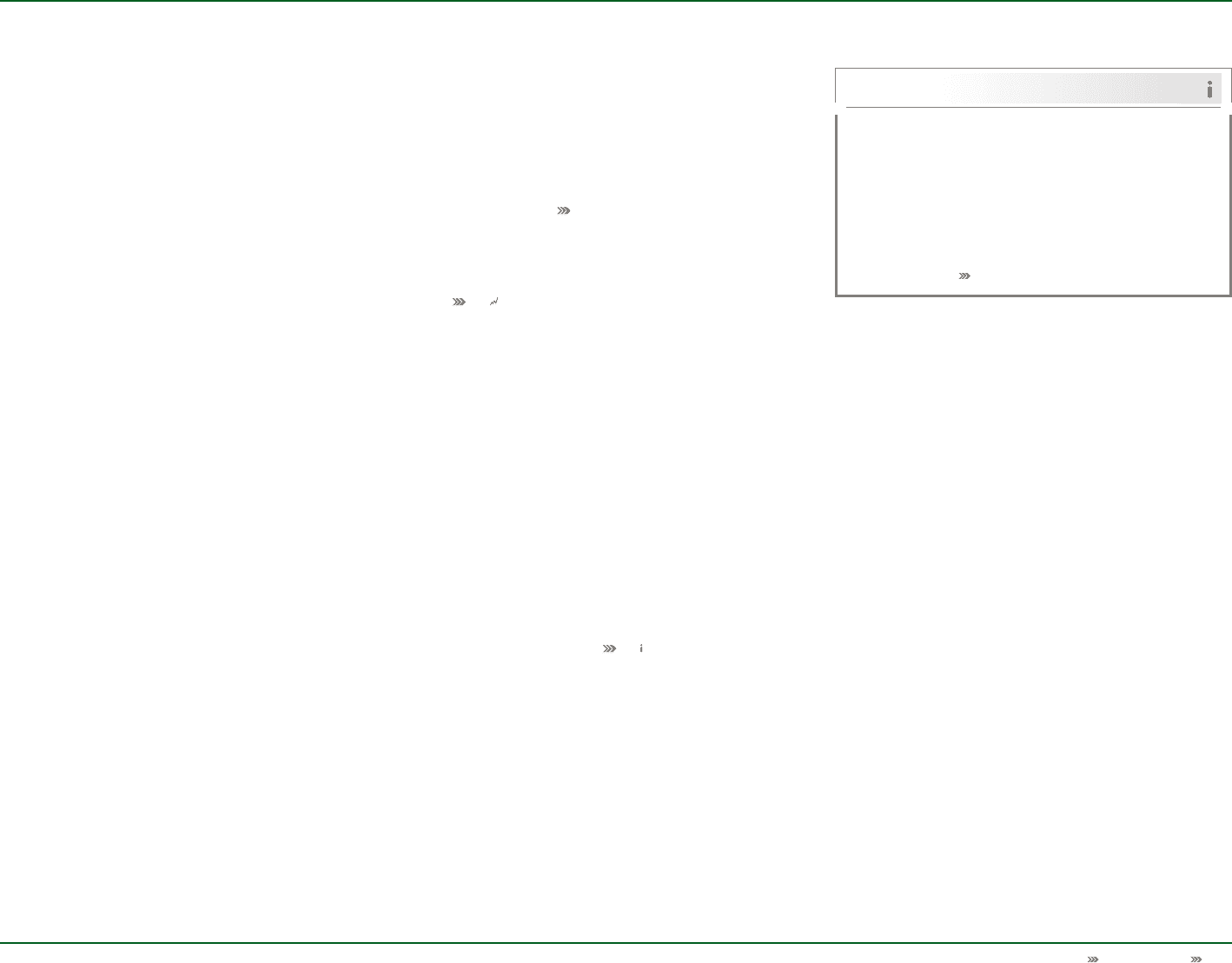
Group Management Report – Our Group Sustainability 123
Control and monitoring of
restricted substances
Restricted substances are those
that cause harm or are suspected to
cause harm to human health or the
environment. Our suppliers are required
to avoid using restricted substances.
We have specified clear standards that
follow the strictest local regulations
and best practice standards for
consumer care and safety. This policy is
mandatory for all business partners and
is updated regularly based on findings
in our ongoing dialogue with scientific
organisations. Our standards cover the
general requirements for eco-labels
and green seals (e.g. ÖKO-Tex Standard
100, Toxproof TÜV Rheinland, etc.)
for footwear, apparel and hardware
products. Both our own quality assurance
laboratories and external testing
institutes are used to constantly monitor
material samples to ensure supplier
compliance with these requirements.
Materials that do not meet our standards
and specifications are rejected.
Reducing VOC emissions
Volatile Organic Compounds (VOCs),
which are typically found in solvents used
in our manufacturing process, can, in a
high concentration, cause breathing diffi-
culties and other health problems for
production workers. Therefore, we are
committed to reducing VOC emissions in
our suppliers’ footwear factories to an
average VOC emission of 20 grams per
pair of shoes.
Our efforts reflect the technical synergies
of sharing information, data and
sources on production questions such
as water-based cement systems. At
our core athletic footwear suppliers we
measure exposure to such emissions,
and the records taken provide evidence
that workers are not being exposed to
dangerous levels of VOCs. Our athletic
footwear suppliers in Asia and Europe
have reduced VOC emissions from 130
grams per pair in 1999 to 24.8 grams
per pair in 2010 (2009: 22.6) see 02.
For comparison, the limit value of the
European VOC guideline and provision
31 of the German law on pollution
control (31. Verordnung des Bundes-
Immissionsschutzgesetzes) is 25 grams
per pair of shoes. Both regulations
became effective in 2007.
Environmentally optimised
product concepts
adidas Sport Performance runs a
sustainable product programme called
“Better Place”, which focuses on the
efficient use of resources in the design
and selection of materials. The first
adidas “Better Place” products were
introduced globally in spring/summer
2009 in response to consumers’
increasing demand for sustainable sports
apparel and footwear. The products
feature environmental design, construc-
tion, material composition and packaging
that distinguish them as environmentally
sustainable products. All materials that
are used for “Better Place” have to pass
an in-depth assessment.
adidas recorded a considerable increase
in “Better Place” products sold in 2010
which provides a strong base to grow
the proportion of sustainable products
in forthcoming seasons. We see sizeable
business opportunities for our Group in
the area of sustainable product concepts
see Risk and Opportunity Report, p. 158. It is
therefore our target that by 2012 100%
of adidas Sport Performance footwear
products will have some sustainable
content.
Strong sustainability track record
reflected in index memberships
Interest from the financial community
in sustainability management is steadily
increasing. We appreciate positive
recognition from international institutions
and rating agencies, NGOs and socially
responsible investment (SRI) analysts.
Each year, we respond to numerous
enquiries from socially responsible
investors, fund managers and financial
analysts. They evaluate our efforts
through in-depth analysis of our social
and environmental programme, including
document review as well as interviews
with employees and management. As a
result, adidas AG has been included in
a variety of high-profile sustainability
indices see “adidas AG in sustainability
indices”.
adidas AG in sustainability indices
– DJSI World (DJSI = Dow Jones Sustainability Index)
– DJSI STOXX
– DJSI EURO STOXX
– FTSE4Good Europe Index
– ASPI Eurozone Index
– Ethibel Index Excellence Europe
– ECPI Ethibel Index EMU
For more information see Our Share, p. 34.


